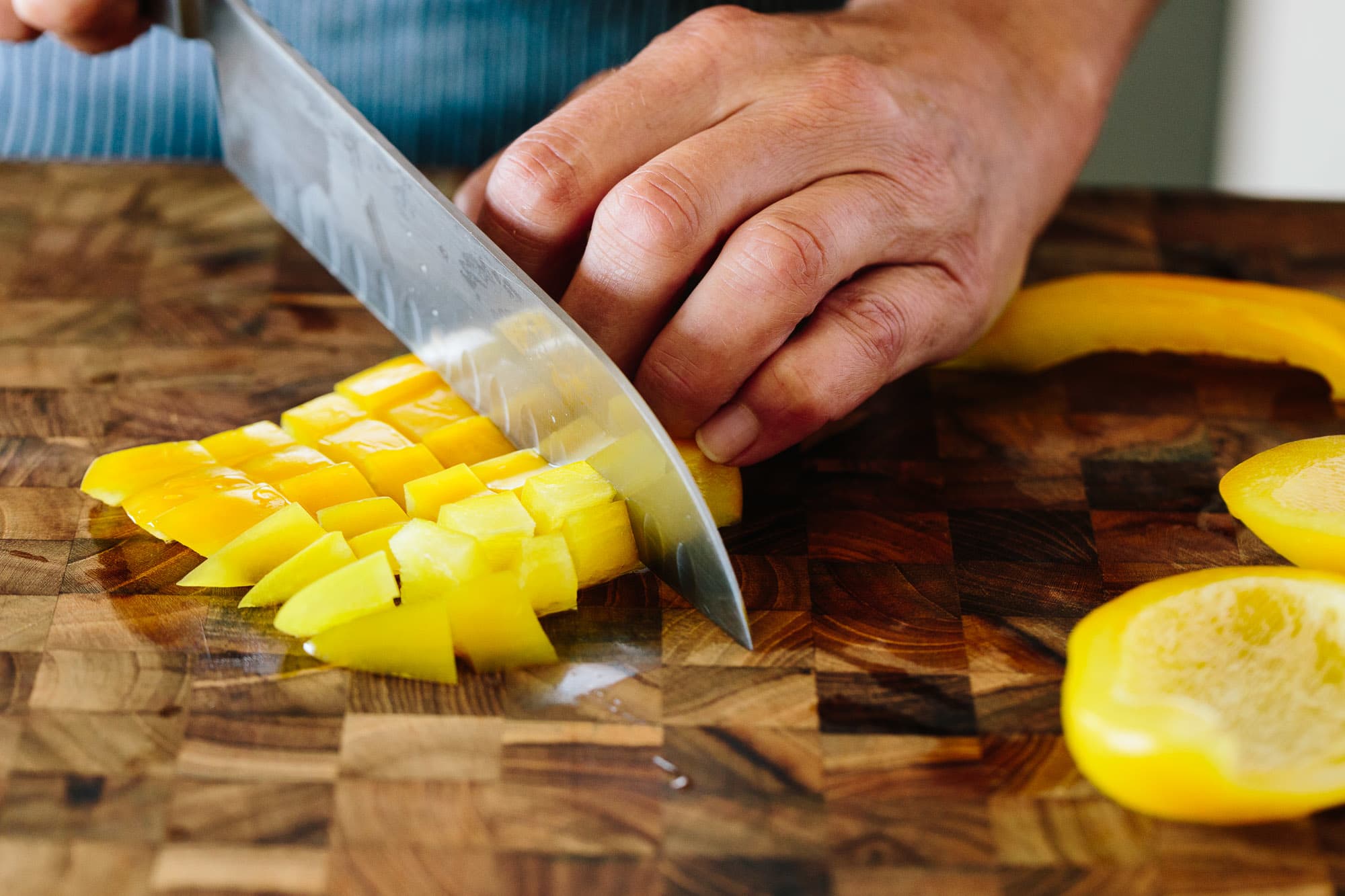As a kitchen professional, understanding the essential maintenance practices for your tools can significantly prolong their lifespan and ensure food safety. One critical aspect of maintaining wooden cutting boards is oiling. In this article, we will delve into the reasons behind why you oil a cutting board, its benefits, and the best practices for keeping your cutting boards in top condition.
Many culinary experts emphasize the importance of regular oiling as it helps protect the board from moisture and food particles, which could lead to bacteria growth. Not only does oiling keep your cutting board looking good, but it also contributes to food safety and hygiene. Let's break it down further.

1. Benefits of Oiling Your Cutting Board
Oiling your cutting board provides several advantages, some of which include:
- Protection from moisture: Wood is a porous material, and without treatment, it can absorb liquids, leading to warping and cracking. Regular oiling creates a protective barrier.
- Prevention of bacteria growth: A well-oiled board resists food particles and bacteria, promoting a safer cooking environment.
- Enhanced appearance: Oiling helps maintain the natural color and richness of the wood, keeping your cutting board looking new.
2. What Type of Oil Should You Use?
Choosing the right oil is crucial. Common options include:
- Mineral Oil: Food-grade mineral oil is a popular choice as it does not go rancid and is safe for use on food contact surfaces.
- Beeswax: Often used in conjunction with mineral oil, beeswax can add an extra layer of protection and enhance the finish.
- Other Natural Oils: Some chefs use oils like walnut or coconut, but it's important to ensure they are safe and wont spoil over time.
3. How to Properly Oil a Cutting Board
Follow these simple steps to effectively oil your cutting board:
- Clean the board with hot, soapy water and dry completely.
- Apply a generous amount of oil to the board's surface.
- Use a clean cloth to rub the oil evenly across all surfaces.
- Let the oil soak in for several hours or overnight, then wipe away any excess.
- Repeat the process every few weeks or as needed.
4. FAQs About Oiling Cutting Boards
Q1: How often should I oil my cutting board?
A: It's recommended to oil your cutting board every 3 to 4 weeks, or whenever it appears dry.
Q2: Can I use olive oil to oil my cutting board?
A: While olive oil is natural, it can spoil and go rancid. It's best to stick with food-grade mineral oil.
Q3: Does oiling affect the taste of the food?
A: When done correctly with the right oil, it should not affect the taste of your food.

5. Additional Tips for Cutting Board Care
In addition to regular oiling, consider these tips:
- Avoid soaking your wooden cutting board in water.
- Do not place it in the dishwasher.
- Clean with a mixture of vinegar and water to help disinfect and remove bacteria.
Refer to other resources such as sealing a cutting board for further insights.
Ultimately, regular maintenance, including oiling, is essential in ensuring your cutting board remains safe and effective in the kitchen. Keeping these tips in mind will allow you to make the most of your wooden cutting board while maintaining sanitary cooking practices.
As an Amazon Associate, I earn from qualifying purchases.


























